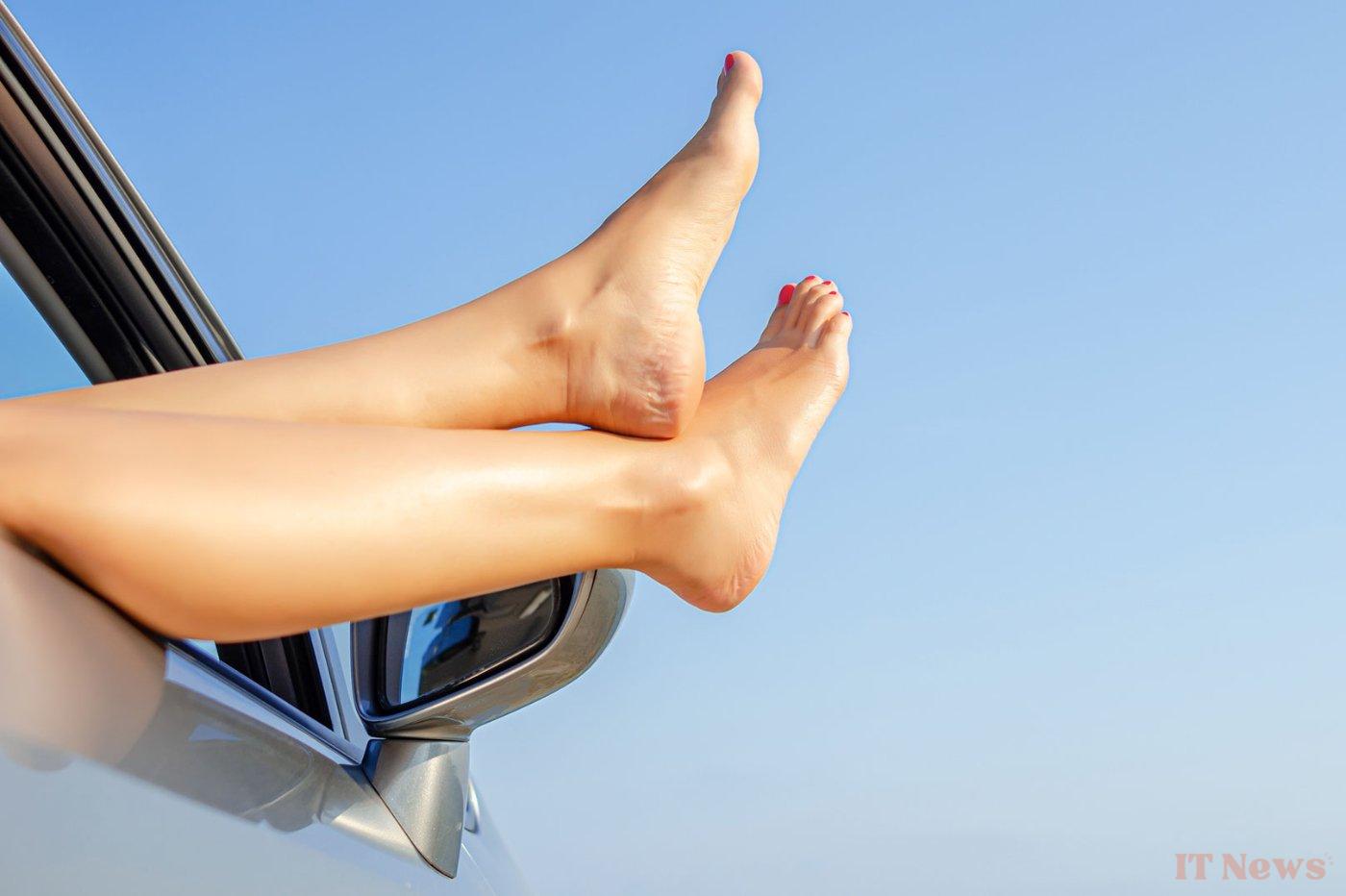When returning from a day at the beach or relaxing by the sea, many people, in search of comfort, choose to ditch their shoes while driving. But what does the law actually say about this practice?
It's true that when searching the Highway Code, you won't find any explicit mention of wearing shoes or the prohibition of driving barefoot. This might give some people the impression that anything goes when it comes to clothing while behind the wheel. But be careful, it's not that simple.
What does the Highway Code say?
Although there are no specific provisions regarding shoes, Article R 412-6 of the Highway Code stipulates that “Every driver must constantly be in a condition and position to comfortably and promptly perform all the maneuvers incumbent upon him”. This means that if, for any reason, driving barefoot prevents you from reacting quickly and effectively, you could be fined.
“Every moving vehicle or group of moving vehicles must have a driver. The driver must, at all times, behave prudently and respectfully towards other users of roads open to traffic.”
This therefore gives law enforcement some discretion. If a police officer or gendarme considers that driving barefoot compromises the safety of the driver or other road users, a fine may be imposed. In the event of an offense, the fine is generally class 2, ranging from 22 euros (if paid promptly) to 35 euros. In extreme situations, if the driver does not have spare shoes, the fine can even reach 150 euros and the vehicle may be immobilized.
In the event of an accident for which the barefoot driver is responsible, the financial consequences could be much more severe. However, it should be noted that this practice does not result in points being deducted from the driver's license.
To drive safely and avoid possible penalties, you will have understood that it is best to wear shoes that offer good support and great responsiveness. So forget flip-flops, sandals, or even high-heeled shoes, which can be risky because they can easily get caught in the pedals or slip. Sneakers, for example, offer grip and comfort suitable for driving.
And on two-wheelers?
The issue of barefoot driving does not only concern motorists, but also two-wheeler drivers. However, the challenges and risks associated with riding a two-wheeler differ significantly from those of a car. Indeed, it is strongly recommended not to ride a two-wheeler barefoot, both for safety and comfort reasons. It is therefore strongly recommended to wear suitable shoes, offering good protection and grip, when riding a two-wheeler. Some countries or regions may also have stricter regulations regarding motorcyclists' equipment, including shoes.
Not a ban, but a matter of caution and safety
Even if riding barefoot in France is not explicitly prohibited, caution is required. Make sure you are always in control of your vehicle, whatever your clothing, and remember that comfort should never compromise safety.



0 Comments